Every individual is born with a unique set of abilities and tends to perceive the world in their own way. Everyone possesses different learning styles, comprehensive skills, and so a common type of practice in any sector may not suit everyone. This uniqueness is prominently realized in a classroom scenario where every student has a different pace and understanding about learning.
In the perspective of such differences, several learning methods are followed in the educational scenario. The disparity among the children in a classroom can affect their performance potential, and some students may face difficulties in keeping up with the concepts. A learning style that caters to the abilities of a particular group of an individual can enhance their performance and promote a better learning atmosphere.
Teachers and educators primarily need to understand and accept the dissimilarities among the students so that they can provide them with the necessary support. Also, teachers should be able to recognize the capabilities of a particular kid and come up with a learning style that would suit them the best.
IDENTIFYING THE LEARNING STYLE
So how can a teacher recognize the individual requirements of a student? The first step in this process should be, knowing the different types of learning styles that can be followed in a classroom. There are numerous aspects in this particular scenario, but a few concepts align with the ideologies with a majority of people. Below are some of the most prominent learning styles are followed in the classrooms.
TYPES OF LEARNING STYLES
1) Visual Learning
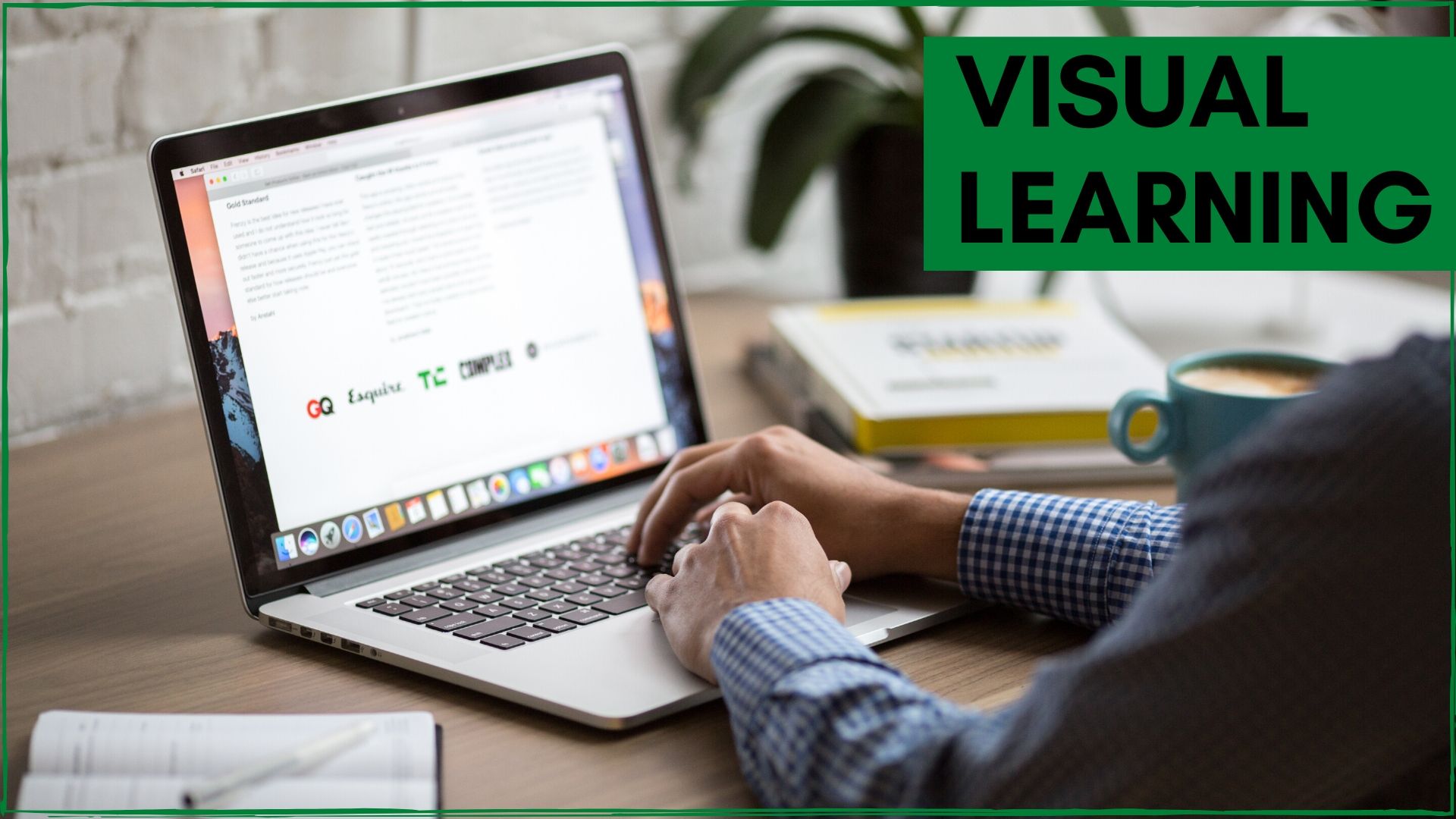
The students who have a keen eye for observation and are more drawn towards diagrams, pictures and written directions, comes under the category of visual learners. Such students usually make creative notes and gravitate more towards the graphical representation of things. They process information better when it is presented in the visual form. Simply dictating the concepts to them may not benefit them compared to the written notes given in the same context.
For such students, teachers can use blackboards, whiteboards or even electronic boards. Teachers can also use visual aids in the form of presentations, images, diagrams and videos to enhance the learning experience of such students.
2) Auditory Learning
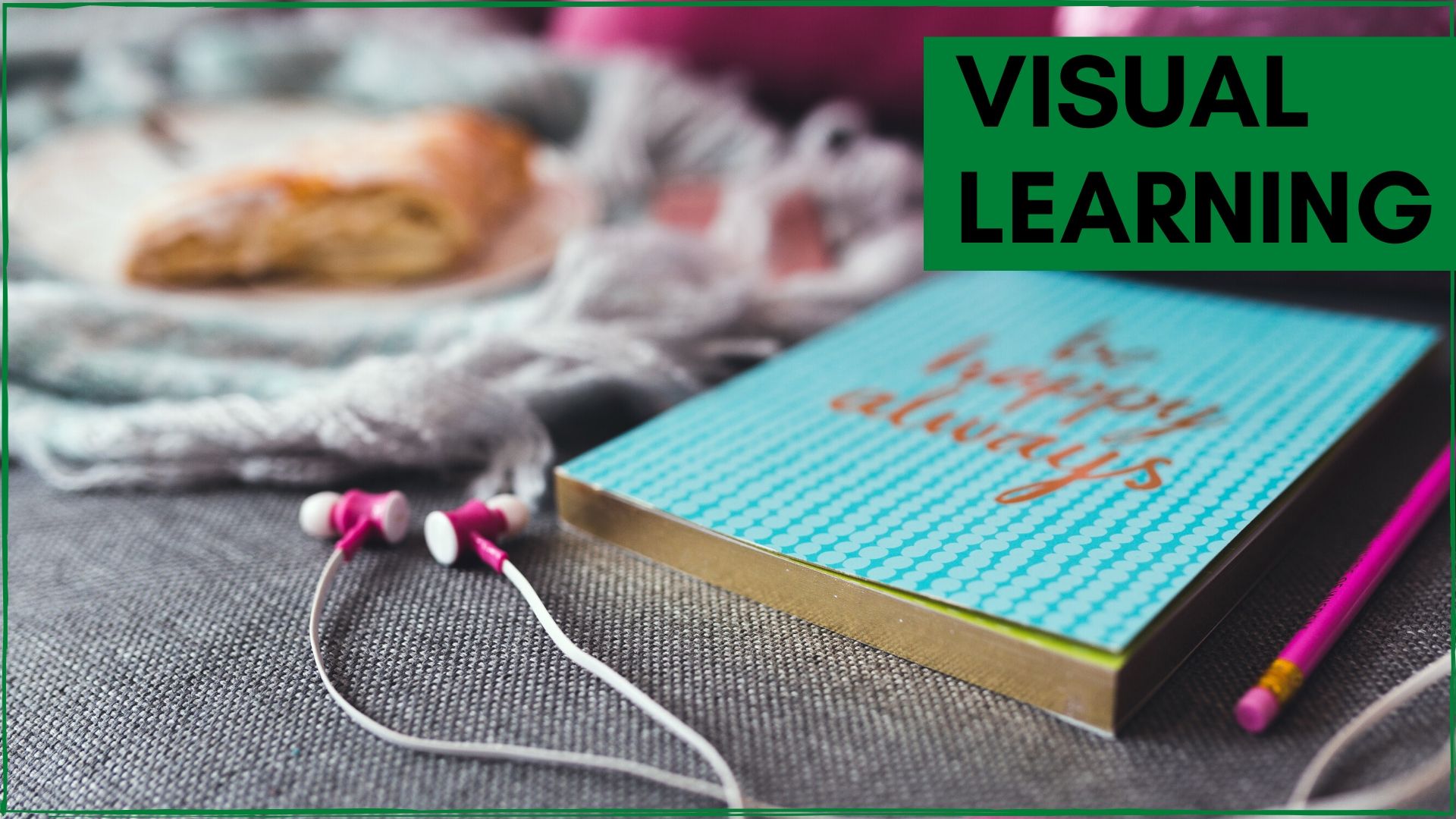
Auditory learning is the process in which the knowledge is imparted in the audible format. The students and scholars who are more inclined towards this format are known as auditory learners. This learning style is apt for those kids who prefer actively listening to the lectures rather than making notes and copying down things from the board. Such students are usually loud readers and typically are upfront in presenting their doubts and queries. Such students understand better when things are taught at a slower pace with detailed explanations.
For such students, teachers can conduct regular quizzes and viva. Organizing class debates and group discussions can also improvise the learning environment for such kids. Playing audiotapes and videos on specific topics can improve their indulgence in the classroom.
3) Kinesthetic Learning
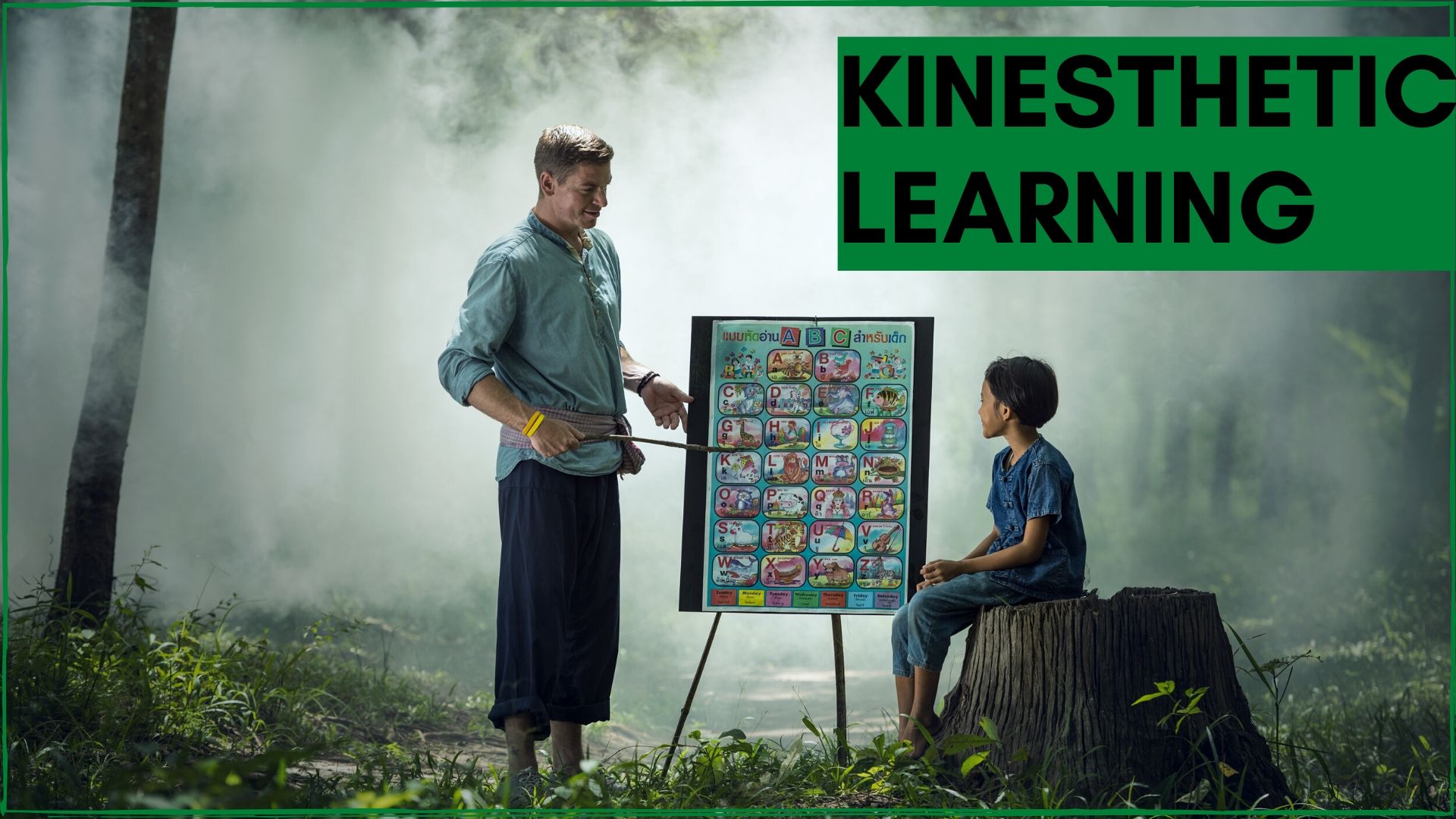
Kinesthetic Learners are those who are more drawn towards the practicality of the concepts. They are tactile learners and learn through experience. Teachers can quickly identify such student as they are generally involved in several extra-curricular activities. Classroom learning methods can sometimes bore such student because of the monotony. The first-hand experience of things teaches them better.
For such students, educators and teachers can apply the experimental approach towards learning. Organizing educational trips, indulging in experimentation, practising learning games and enacting out the scenes mentioned in the books are some of the ways that a teacher can incorporate in this type of learning style.
4) Reading/ Writing style of learning
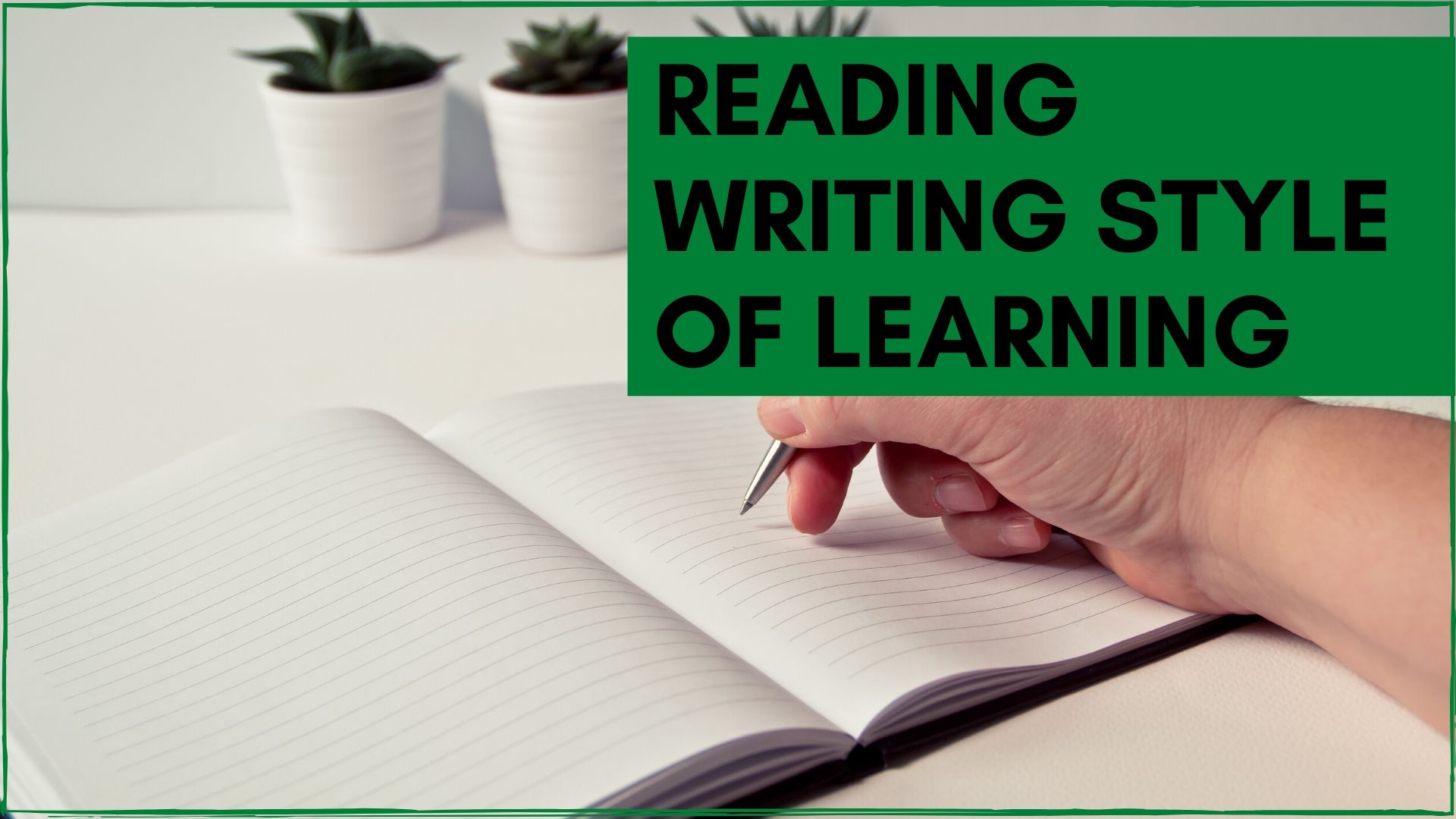
This particular style of learning is for those who are self- paced learners. Some students prefer to rely on written words for gaining knowledge. They usually read books, articles, papers etc. to get information. Such learners prefer their own pace towards learning without much involvement of the teacher. Such children can be identified as these are those who like writing diaries, poems, articles, and researching things.
This can probably be the most effortless learning style for the teachers. All the teacher needs to do is provide the relevant resources to such students and encourage them to write essays, read books etc. Proving them a personal space is the safest bet. Teachers can also motivate them to write and publish their work in the school magazine, tabloid etc.
The significance of identifying the learning style is not just limited to the classrooms. It branches out to the various aspects of an individual’s life and also affects their future personality. Once a particular style preference in learning is identified, a person can quickly get the resources for honing their potential. It also influences their characteristics and impacts their future decisions. Hence, it is crucial to identify and implement different learning styles in a classroom to profit all the students and provide them with correct guidance towards a better performance.






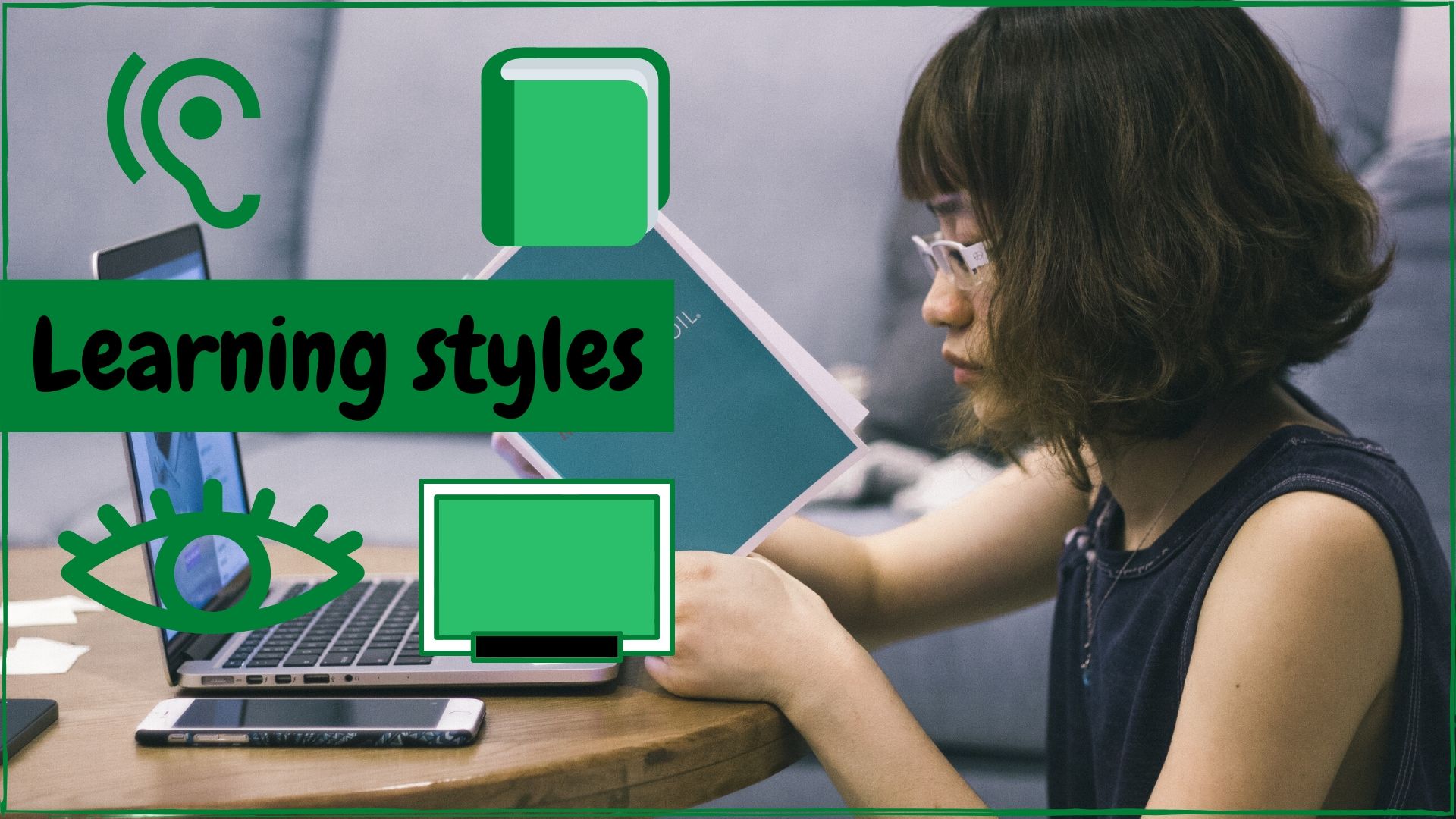
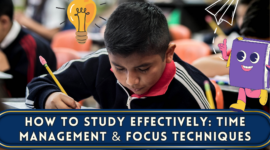


Like!! I blog quite often and I genuinely thank you for your information. The article has truly peaked my interest.